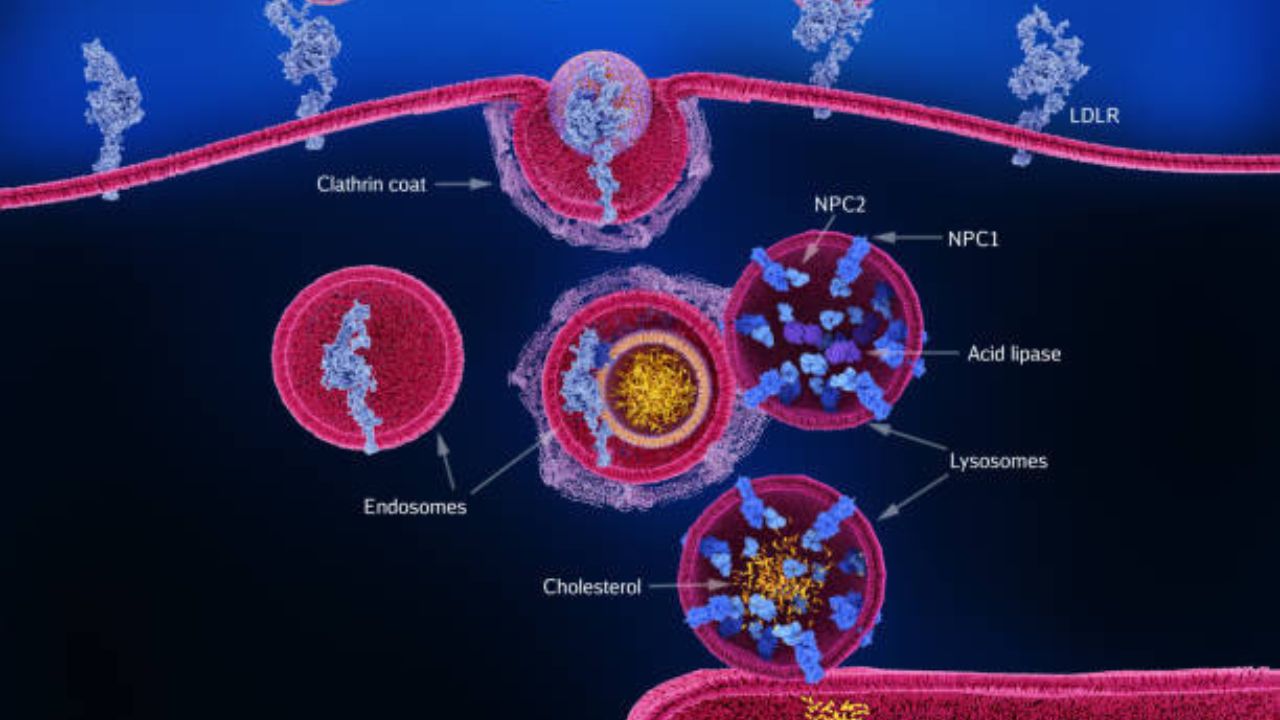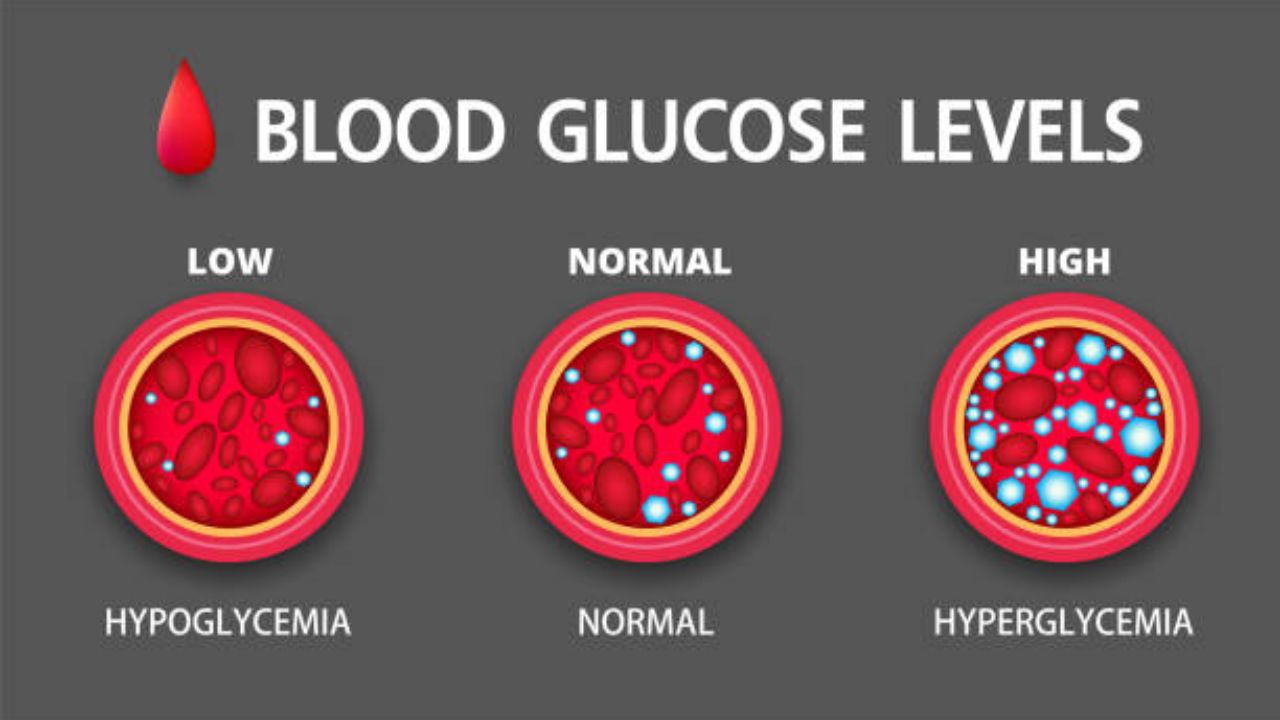We speak of hypertriglyceridemia when triglyceride levels exceed normalized levels for the population. To this end, some values have been established to stage triglyceride levels in the blood, with the ideal levels being <150 mg/dl.
Hypertriglyceridemia icd 10 code
ICD-10-CM Code for Pure hyperglyceridemia E78.1
What are the appropriate levels of triglycerides in the blood?
These are:
- NORMAL LEVELS: < 150 mg/dl
- BORDERLINE: 150-199 mg/dl
- HIGH LEVELS: 200-499 mg/dl
- HIGH LEVELS: >500 mg/dl
High triglyceride levels are not considered a cardiovascular risk factor on their own. So, when high levels of these are found, there is no reason to intervene pharmacologically, unless they exceed 500 mg/dl, which is a risk factor for pancreatitis.
What is clear is that measures must be taken by changing lifestyle, so that in this way its concentrations can be reduced.
Hypertriglyceridemia and cardiovascular risk factors
Currently, epidemiological and clinical studies are providing data suggesting that hypertriglyceridemia, or remnant lipoproteins, constitute an independent risk factor for cardiovascular disease (CVD). In addition to being found in patients with type 2 diabetes or metabolic syndrome, it is also part of indirect factors.
As we have mentioned, hypertriglyceridemia is a risk factor for acute pancreatitis, especially at levels >1000 mg/l.
Keep in mind that hypertriglyceridemia in combination with high levels of small and dense LDLc, and low levels of HDLc, are a very significant triad in atherogenic dyslipidemia, causing arteriosclerosis. The latter is the leading cause of morbidity/mortality in developed countries.
The prevalence of hypertriglyceridemia is increasing due to the aging of the population, sedentary lifestyle, diabetes mellitus and obesity.
Therefore, the treatment and control of triglycerides and other blood lipids is of vital importance.
In the evaluation of the patient with hypertriglyceridemia, it is a priority to control:
- The presence or absence of family history.
- History of previous arterial disease.
- If there are potential risks for a secondary origin such as metabolic syndrome, diabetes mellitus, hypothyroidism, etc.
Classification for the treatment of hypertriglyceridemias

These can be primary, when it is due to direct alteration of lipid metabolism in relation to the genes and proteins that regulate them. They are usually not more than 5% of cases.
They can also be secondary, due to previous illnesses or environmental causes, which are the majority. In this case, the original disease must be treated to correct the alteration of triglycerides.
In secondary cases, obesity is the most associated, although it is also associated with type 2 diabetes mellitus and excessive alcohol consumption. In the case of obese people with central fat, that is, with excessive visceral fat, they usually also have low HDLc.
We must bear in mind that approximately 80% of people with increased abdominal girth and hypertriglyceridemia greater than 2 mmol/l present the atherogenic triad, multiplying cardiovascular risk by 20.
One treatment for hypertriglyceridemia secondary to obesity, metabolic syndrome, and type 2 diabetes mellitus derives from glycemic control and weight loss.
What is the treatment of hypertriglyceridemia?
Hypertriglyceridemia is the result of very heterogeneous processes, which derive from primary causes of a simple nature to others that can overlap with pathologies, which also influence triglyceride levels, seeing mixed pictures that are difficult to understand.
In the simple forms in which no other alterations are seen in the lipemia, which would give it a serious trait, or in those that are not shown to be the product of other processes such as the metabolic syndrome, among others, occasional follow-up is sufficient.
In severe types, urgent treatment is considered, given the risk of acute pancreatitis, due to the risk it poses to life.
In both situations, the first thing to do is a change in lifestyle, through weight control, through a proper diet and physical activity.
Pharmacological treatment for hypertriglyceridemia
For the pharmacological treatment for hypertriglyceridemia there are different drugs, among them we have:
• FIBRATES : These drugs decrease blood levels of VLDL and TG, thanks to their enhancing effect on lipoprotein lipase. Fibrates can reduce LDL-C by 20-25%, TG by 20-35%, in addition to increasing HDL-C levels by 6-18%. Among the side effects we find; digestive intolerance, cholelithiasis and rhabdomyolysis, can also increase the risk of diabetic retinopathy.
• OMEGA-3 : The use of omega 3 decreases the hepatic synthesis of triglycerides, its daily consumption being recommended, through the diet if possible.
When should triglyceridemia be treated?
- In situations of hypertriglyceridemia in which there is no association with risk factors, it should be treated when these are > 500mg/dl.
- In the case of cardiovascular events, treatment is recommended when values are greater than 200 mg/dl.
- In all cases, patients should be assessed individually, to adjust the best measures for a correct lipid balance.
Hypertriglyceridemia and lifestyle
In hypertriglyceridemia, the diet is important, and we must also direct it to focus on reducing the consumption of carbohydrates. In particular simple sugars, increasing complex forms and foods rich in monounsaturated fats (dietary model of the “Mediterranean diet”).
It is important not to consume tobacco or alcohol (maximum 30g/day of alcohol), in addition to adding moderate physical exercise to the weekly regimen.
These simple diet and physical exercise measures for hypertriglyceridemia, if they normalize weight and physical exercise is performed continuously, will regulate triglyceride values in most patients.
Marine Therapy in the treatment of hypertriglyceridemia
A report shows the effect of seawater in the control of obesity and the possible molecular bases involved, in which it is shown, at least in part, that the suppression in adipocyte differentiation is derived from a regulation to the decrease in the transcription of genes specific to adipogenesis, reducing lipemia.
In another report, Dr. Hwang and his team showed that after 84 days of treating mice without diet control, the group of mice that drank the seawater had a 7% drop in weight, glucose levels a 35%, as well as an improvement in the glucose tolerance test. These factors are important in raising blood triglycerides.
Marine Therapy has multiple effects on organic systems, whether due to its mineral components, or due to the organic fraction dissolved in seawater, it has many applications with proven molecular effects, changing the expression of which genes stop, in all case, an improvement in cellular and organ performance.
Even with regard to physical exercise, an increase in performance has also been shown with the use of seawater, added to a decrease in atherogenic indices in older people. Therefore, it will also act indirectly on weight control thanks to the increase in physical performance that will favor metabolic activity.
Therefore, Marine Therapy is a good dietary supplement to maximize its effects on weight control and favor physical performance, both key elements for the control of hypertriglyceridemia.
Conclusions
The treatment of hypertriglyceridemia, today, especially associated with risk factors or in secondary prevention, is a fundamental link in the prevention of arteriosclerotic disease. Therefore, in cardiovascular pathology, the most effective measure is prevention, with a healthy lifestyle.
Regarding Marine Therapy, a positive effect has been demonstrated, improving the lipid profile and also acting against other factors such as obesity and metabolic syndrome, among others, thus intervening indirectly in the prevention of hypertriglyceridemia.
